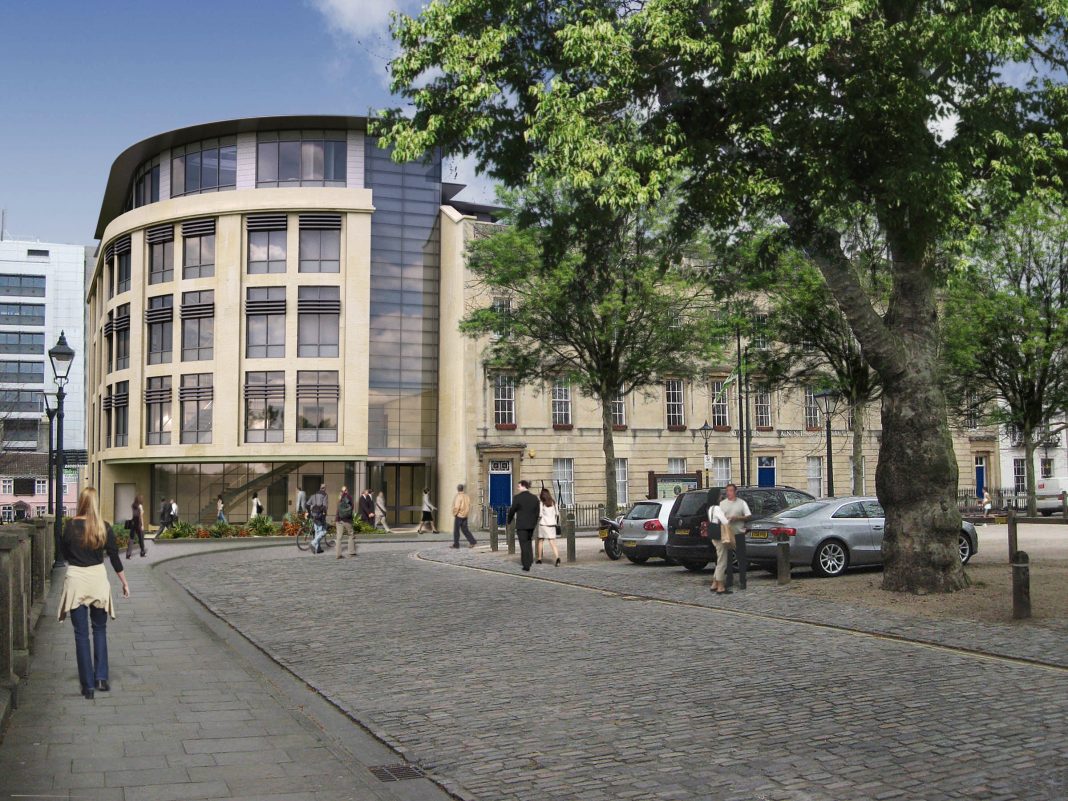Ryan Simmonds, sales director of framing at voestalpine Metsec plc, explains why it’s vital to invest more time in the design stage than at any other point in the process and how working with the right partners early on can change how a project develops
The Royal Institute of British Architects’ (RIBA) plan of work is an accepted industry process outlining the critical stages of a construction project. RIBA revised its plan of work in 2013, noting that the complexities of projects have increased, and the older plan was outdated.
The previous plan of work’s A to L stages began at the preparation stage and failed to consider the strategic definition. The new plan has broadened the process and taken sections such as conceptual design and given it a standalone stage.
What has not altered is the preparation and design stages, which have always been seen as the most crucial stages of a project.
Engagement at design stage
The design and planning stages underpin an entire construction project. If this crucial part of a build is rushed or all relevant parties are not properly consulted, a project will be subject to constant changes as it develops to factor in elements that were not fully considered or understood in the initial stages.
However, main contractors and architects are frequently failing to engage all relevant parties at the planning and design stages, instead choosing to engage them at technical design stage – or even sometimes construction stage. More often than not concepts, methods or materials that can bring value need to be retrospectively worked into the plan, which can cause project delays, redesign work and additional cost.
The design is the most crucial stage of any project and getting it right before moving ahead is the foundation for a smooth delivery and successful build. During early planning stages, manufacturers and specialists – like Metsec – can offer a myriad of benefits. Working collaboratively, main contractors and architects can enlist not only technical and estimating support but also can benefit from manufacturers’ consultancy and raising awareness of products and methods on the market that would fit with the main contractor’s needs, such as offsite solutions or alternative materials.
Engaging all relevant parties at design stage promotes a collaborative approach from the outset. Working through all options available to them, and having manufacturers attend early technical meetings, means the overall plan of the project is more informed. Without firm input at the conceptual and developmental design stages, the design throughout the project will always be subject to change – potentially causing both delays and additional costs.
Integrating BIM Level 2
This is where working to Building Information Modelling (BIM) Level 2 is invaluable. The notion of BIM is the process of designing, constructing or operating a building, infrastructure or landscape asset using electronic information. In practice, this means that a project can be designed and built using data sets and images digitally, before even entering the site. The objective of BIM is to satisfy time, cost and quality requirements by managing the project using a more efficient and reliable method of work.
Collaborating from the very beginning of the project, all parties work together using the same processes to produce an in-depth and complete design that not only specifies all materials needed and methods used but also gives a final cost and timescale to deliver the project.
There are a number of facets within BIM but particularly crucial to the success of a project are the Employer’s Information Requirements (EIR) and the BIM Execution Plan (BEP).
With the EIR agreed during the crucial design stages, it defines the project including the standards being adopted, outputs required, when these should be supplied and in what format, plus any supporting documentation. It gives all parties involved a clear understanding of what is expected and to become BIM Level 2 certified, a bespoke BIM Implementation Plan (BIP) must be developed.
Within BIM, the BIM Execution Plan (BEP) is a critical document as it underpins project integration. A written plan, it brings together all of the tasks and related information as set out in the EIR, with all the stakeholders and processes factored in.
Through investing in the design stages, this BIM documentation can be created and can underpin the rest of the project through the construction stages right through to building handover.
Benefits of fixing design
Investing the time into the planning and design stages means that costs can be better controlled throughout delivery. If, during the design stages, the materials and building methods are all selected, agreed upon and fixed, the costs can be accurately calculated and a final budget can be created.
Similarly, with timings, understanding the methods of construction and the parties involved, along with the lead times of the materials required, can give a more fixed indication of timescales as all parties that will impact delivery are consulted at the design stages and commit to the timing and execution plan.
Quality, while often subjective, is more controlled with a fixed design that all parties work towards. All elements that need to work together or complement one another within the project to create a high-quality build and finish can be explored in advance. If the design was subject to change, altered materials or products that were factored in at a later stage could negatively impact the quality of the completed project, either by being substandard and this not being tested in the early collaborative stages or by failing to integrate with other materials or existing elements already worked into the initial design.
By utilising BIM Level 2, investing time in design and planning, and consulting with all relevant parties to gain their valuable specialist insight, the main contractor will be able to produce an informed, fixed and detailed design that can be used throughout the project and help to ensure on-time, on-budget delivery and successful completion of the project.
Ryan Simmonds
Sales Director of Framing
voestalpine Metsec plc
Tel: +44 (0)121 601 6000
Twitter: @MetsecUK







![[VIDEO] UK-based firm reveals ‘world’s first’ fully AI-driven architectural project Studio Tim Fu has revealed the 'world's first' fully AI-driven architectural project in Slovenia, developing six luxury villas on the Lake Bled Estate](https://www.pbctoday.co.uk/news/wp-content/uploads/2025/03/Interior-1-studio-tim-fu-218x150.gif)






